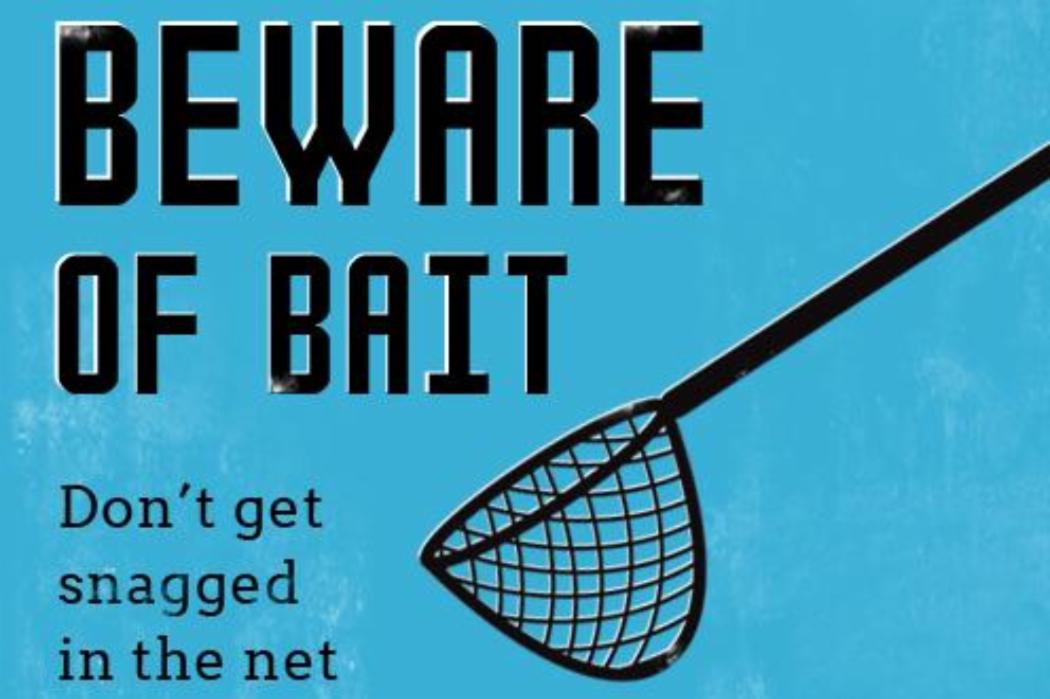Phishing scams – how to spot them and what to do
Phishing is a technique used by hackers to trick people into giving personal details or taking an action.
A phishing scam might ask you for login information, get you to open an attachment, or even pay an invoice or bill. These cyber-criminals spend a lot of time setting up lures and scams, making them look convincing and legitimate.
Most modern email providers like UC’s own email system, Gmail, Office365, Outlook and Yahoo have filters to stop phishing and spam email from getting through, but some still do and the best protection is awareness.
Spotting a scam
Go through these checks before opening an email that you weren’t expecting to receive.
- Is the spelling and grammar in the message correct?
- Does the link and the text match - hover your mouse over the link, and you will see what the link really is.
- Does the email urge you to take immediate action?
- Does the email address of the sender look reasonable compared to the content of the email?
- Look at the salutation does it say ‘Dear Customer’?
- Look at the signature, a lack of detail for the person or company suggests phishing.
- Are you expecting an email from that sender?
- Is the message asking you to do something unusual? e.g. buy iTunes cards.
Next steps
If you think you have received a phishing email or spam:
- Delete it.
- Report it. If it’s been sent to you by someone at UC let them know it has come from them.
Reporting Suspicious Messages
If you find an email in your inbox that you believe to be junk or phishing, you can use the Report Message button to improve your email safety.
For UC Microsoft 365 Outlook users
- Use the Report Message button in your outlook ribbon. You can find more information here.
Non- Microsoft 365 Outlook users
- Create a new email, drag the phishing email from your email inbox and drop it onto the new email message. Email it to report-phishing@canterbury.ac.nz.
The personal cost of phishing scams
Cyber-criminals can take a massive toll on your personal and professional life by using your personal or online information.
Your data or files could be deleted, encrypted or held at ransom.
- You could lose access to your bank account, have purchases billed to you or credit. cards and loans opened in your name.
- You could become a victim of tax fraud.
- You could lose access to your social media accounts and be locked out of apps.
- Your device could be used to spread malware to your colleagues, family, and friends.
Phishing scams in different formats
Phishing scams don’t only target email systems. You can also be phished through text, other messaging services or by phone call, for instance. Like email phishing scams, if you receive one, don’t follow the link, give out personal information or respond, report it and delete it.
The best protection against phishing scams is awareness. Question unexpected messages, report and delete them if they are suspicious. If you think you have been a victim of identity theft, these organisations provide advice.

How to Report a Cybersecurity Incident
Ring the IT Service Desk
0508 UC IT HELP (0508 824 843) or
03 369 5000
Visit the IT Service Desk
located in the ground floor of Matariki
Log a ticket
on UC Services Portal

